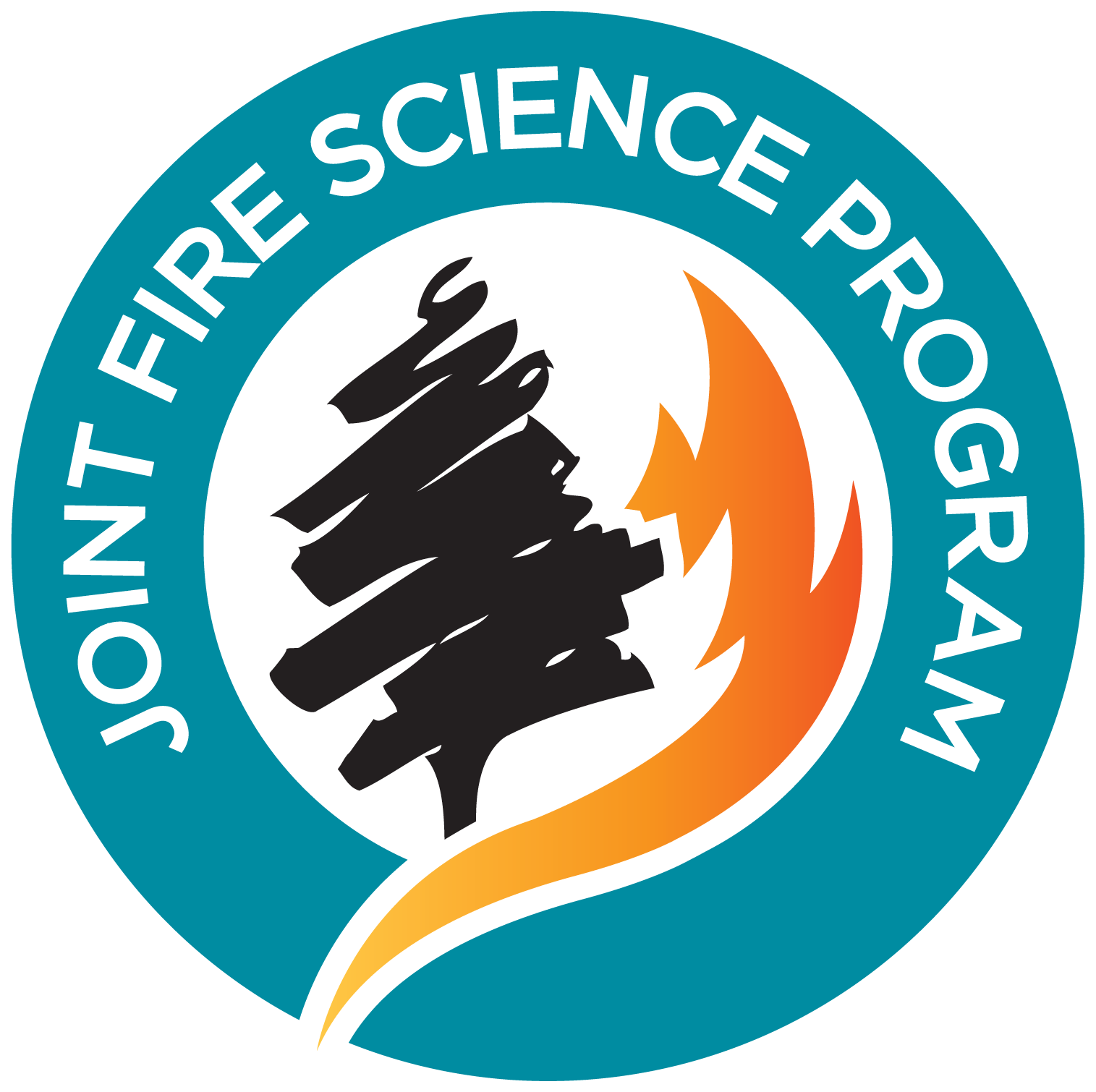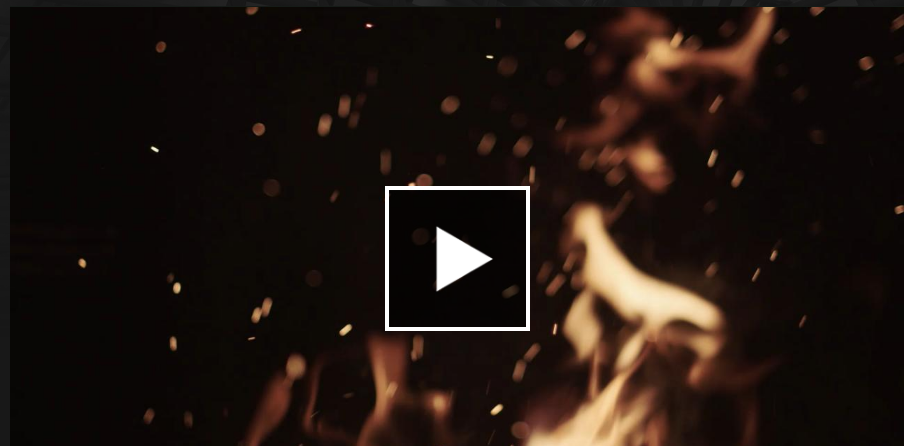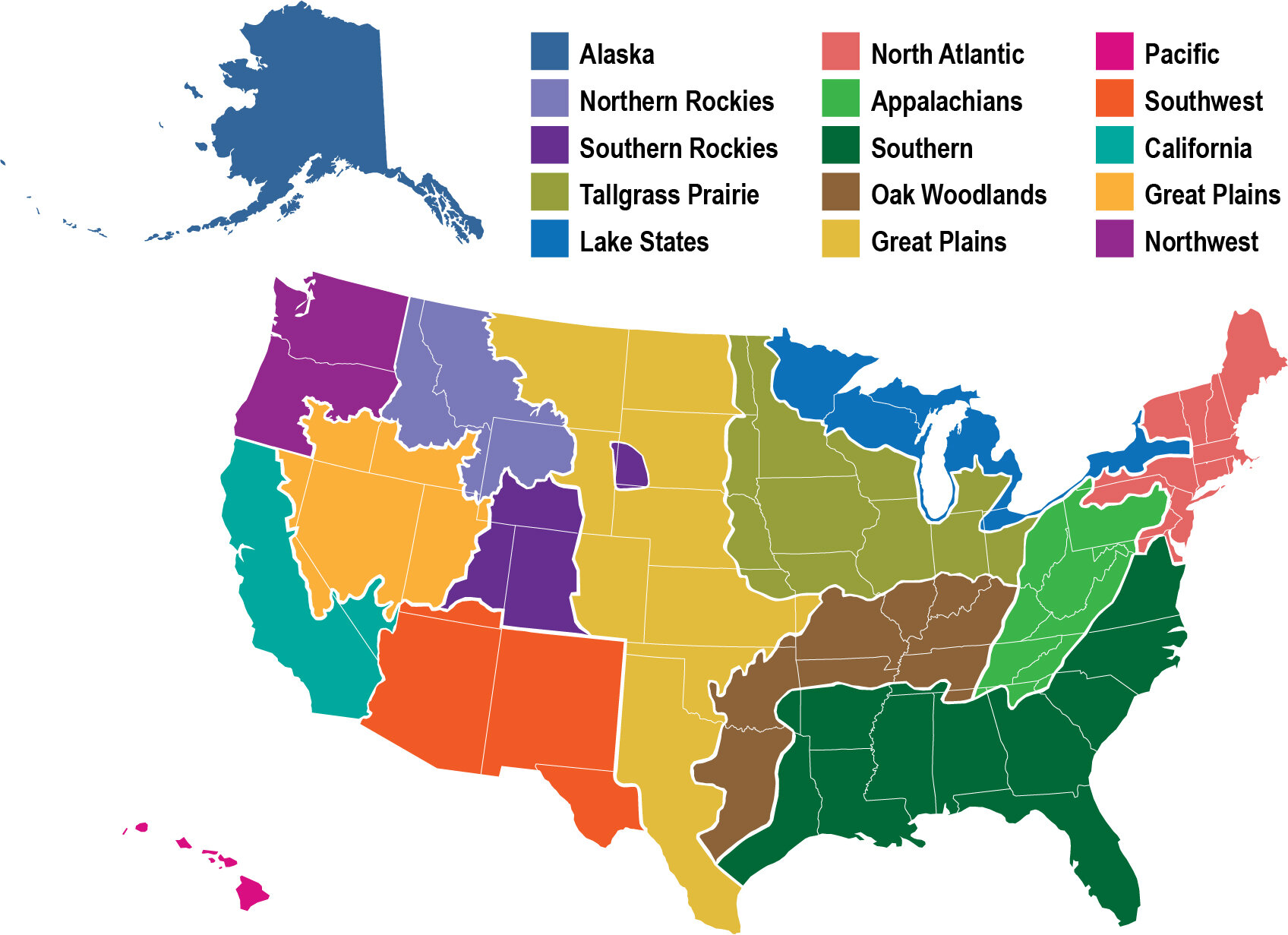Welcome to the “More information” Page from the Seeds of Regrowth Art Exhibition
Thank you for joining us at the Art from the Ashes "Seeds of Regrowth" art exhibition and community programming Oct 12-Nov 14, 2019 in Redding, CA. Here you’ll find resources, links, and more information from the Fire Science Exhibits.
General pages of interest:
For more resources from the California Fire Science Consortium, visit the Northern California regional page at cafiresci.org/northern-california. You’ll find webinars, research briefs, and more!
For general information on everything from the role of fire in ecosystems to preparedness, visit the University of California Cooperative Extension page on fire at https://ucanr.edu/sites/fire/
The Living with Fire in California’s Coast Ranges Symposium was held from May 7-9, 2018 and has many resources that may be of interest to residents throughout the state. This includes presentation recordings and proceedings around home hardening, defensible space, climate change, smoke science and more. Visit pepperwoodpreserve.org/livingwithfire/
Are you an educator or looking for some student activities? FireWorks Educational Program is a no cost program around the science of wildland fire. There are tools and curriculum for students K-12. frames.gov/fireworks/home
Organized by exhibit display
To navigate to a specific exhibit display, please scroll below. If you have any questions or need help finding something, please contact Stacey Frederick via email ssfrederick@berkeley.edu.
Living with fire
View PDF of display panels here >
As mentioned in the exhibit, there are actions we can take as individuals or communities to better prepare for future fire events.
Redesigning our homes
While factors like firefighter presence or changes in weather can play major roles in structure survival, so can the condition of the structure and adjacent vegetation.
If you’re looking for actions you can take around your home, focus on efforts around the house to protect from embers. Embers are the main cause of structure loss in most fires but there are science-informed recommendations to retrofit your home. Many of these codes go beyond the state regulations and are researched by the IBHS. To learn more, visit disastersafety.org/wildfire/protect-your-home-from-wildfire/ or read the California guide to retrofitting homes download the PDF here >.
But does mitigation really work??? Read examples of lessons learned from around the nation at Fire Adapted Communities Learning Network and be sure to check out the blog post featured in our exhibit: “Fifteen Hundred Structures Gone, but Not This One (California).”
Video: Watch this webinar recording with Yana Valachovic as she talks about lessons learned from previous wildfires and the actions you can take around your home to reduce the chances of structure damage from a wildfire. View video here > or learn more about our featured scientist here >.
Planning at the community or neighborhood level
Working with communities across the country, Community Planning Assistance for Wildfire (CPAW) provides communities with land use planning solutions to better manage their wildland-urban interface (WUI). Established in 2015 by Headwaters Economics and Wildfire Planning International, CPAW is funded by the U.S. Forest Service and private foundations. The CPAW team includes planners, foresters, economists, researchers, and wildfire hazard modelers. Visit the CPAW to learn more or apply at planningforwildfire.org/.
This program, which is part of the National Fire Protection Association (NFPA), seeks to assist communities to adapt to living with wildfire and encourages neighbors to act together to prevent losses to wildfire. Visit firewise.org for more information or apply to become a Firewise community.
The California Fire Safe Council provides resources and support for Californians to make their homes and communities fire safe, as well support for running local Fire Safe Councils in communities. Visit https://cafiresafecouncil.org/ for more information.
Video: Learn about the patterns researchers are finding in how communities recover from major wildfires through this recorded webinar with Dr. Miranda Mockrin. View video here >.
Be prepared
Evacuation: Be prepared for when wildfire strikes with CAL FIRE’s Ready, Set, Go! https://www.readyforwildfire.org/prepare-for-wildfire/.
Emergency Alerts: To register for the Shasta County Community Notification System, please visit www.shascom911.com and click the Code Red icon at the bottom of the page.
Wildfire Smoke: The Environmental Protection Agency has a toolbox of resources on fire smoke at https://www.epa.gov/smoke-ready-toolbox-wildfires.
Preparing our ecosystems for fire
Focusing fuel reduction treatments near communities has been a major focus of federal, state, and local governments for many years but there is still a backlog of projects. There are many types of “treatments” and strategies used to try and create buffers between structures and wildland areas where a fire may burn. Many of these treatments not only reduce wildfire risk, but may have ecosystem benefits to animals, water resources, air quality, and more. Read the Background and Strategies for Managing Fires in California Forests Fact sheet for the public and media to learn more about fire ecology and management issues, including treatments used in California mixed-conifer forests.
Cited literature:
Safford, H. D., and K. M. Van de Water. 2014. Using fire return interval departure (FRID) analysis to map spatial and temporal changes in fire frequency on national forest lands in California. Res. Pap. PSW-RP-266. Albany, CA: U.S. Department of Agriculture, Forest Service, Pacific Southwest Research Station. 59pp. View Research Brief PDF >.
Fire cycle
View PDF of display panels here >
For an in-depth look, the textbook “Fire in California's Ecosystems” ( van Wagtendonk et al., eds.) describes fire in detail—both as an integral natural process in the California landscape and as a growing threat to urban and suburban developments in the state. For more information or to purchase the book. >
ISBN: 9780520286832
The California Native Plant Society has produced a Fire Recovery guide that can be downloaded or ordered at http://cnps.org/fire-recovery.
Read some research briefs from the CA Fire Science Consortium (1-2 page summaries of science papers), here’s some examples on how plant and fire cycle interact:
Changing Knobcone Pine Risks Across Time and Range: Research Brief
Wildfire trends in northwestern California forests: Research Brief
Influence of conifer encroachment & fire on CA black oak: Research Brief
Learn more about Dr. Angela White, a research ecologist with the U.S. Forest Service Pacific Southwest Research Station and read some of her research highlights here. >
Cited literature:
M. Scheffer. 2009. Critical Transitions in Nature and Society. Princeton University Press, Princeton, USA.
Fire through time
View PDF of display panels here >
Video: Watch "Tending Nature," a series shining a light on how Indigenous knowledge can inspire a new generation of Californians to find a balance between humans and nature. View video on cultural burning here. >
Native American Land-Use Practices and Ecological Impacts: Journal Article
Fuels Treatments Aren’t a Guarantee, but They Still Matter: Gaining Perspective from the Carr Fire is a blog post from the Fire Adapted Communities Learning Network and offers perspective into how what we’re doing may or may not influence the fires of the future.
Learn more about Carl Skinner, a retired research geographer and read some of his research highlights here > or watch a recorded presentation “Fire and Human Land Use Patterns” here. >
Cited literature:
Taylor, A.H. & C.N. Skinner. 2003. Spatial patterns and controls on historical fire regimes and forest structure in the Klamath Mountains. Ecological Applications, 13(3): 704-719. View Research brief >



















